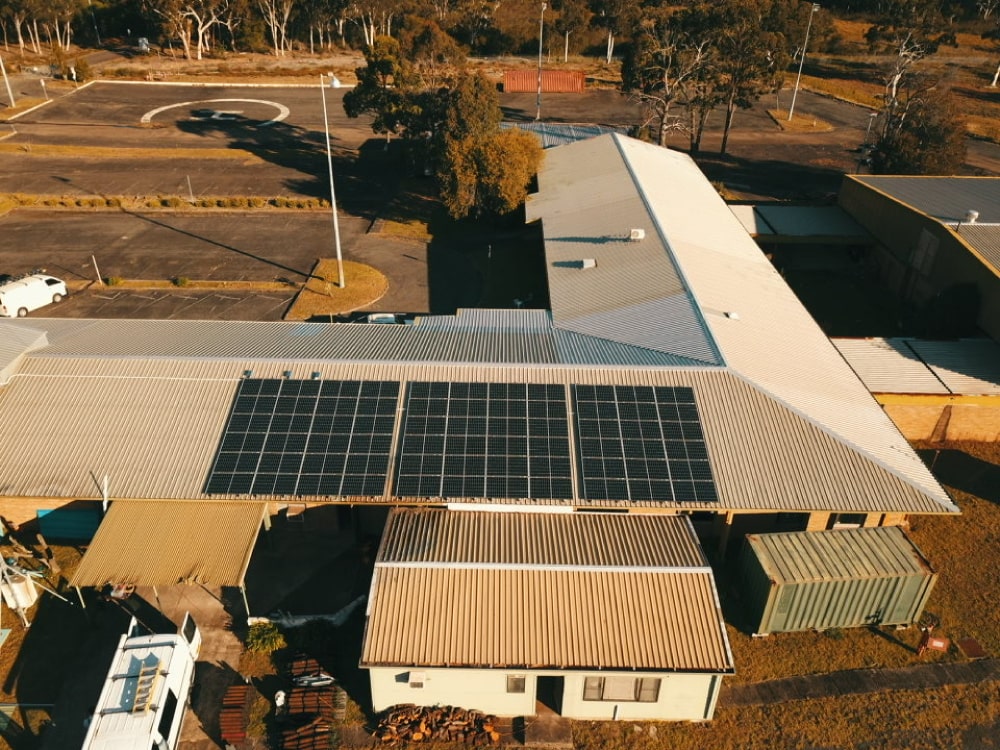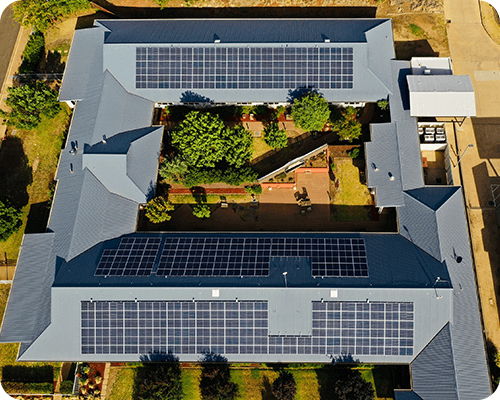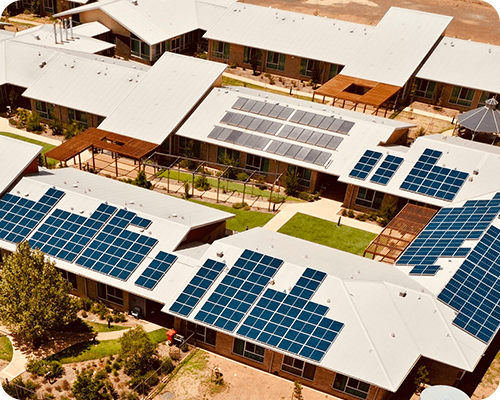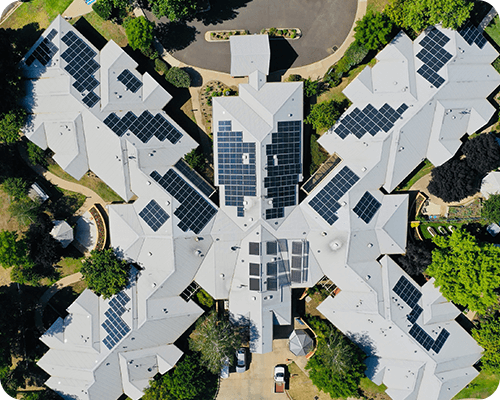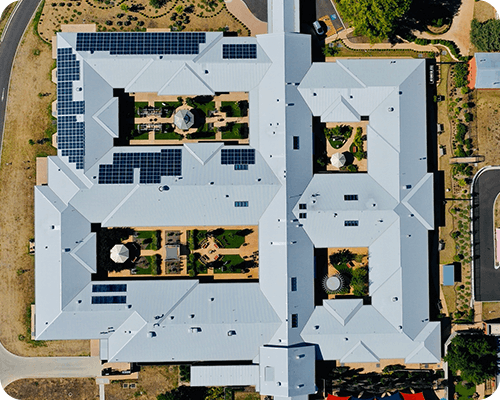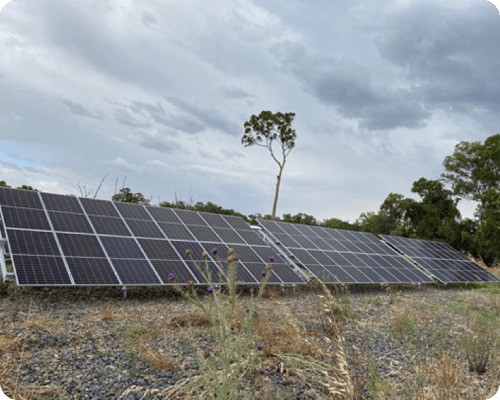
FAQ: FOR GOVERNMENT REBATE AND FIT’S ON SOLAR PANELS INSTALLATION :
-
How do the current Government incentives work if you want to install a solar power system? It is always surprised at how often you get asked what the government incentives are for solar panel installations.
-
The federal government scheme has been around for a few years now, and under current legislation the scheme will be available for eligible solar system buyers until 2030.
-
You will try to simplify the actual incentive scheme, exactly who’s eligible, and how to work out what sort of discount you should be entitled to if you are considering buying a solar power system.
These tradable certificates (STC’s) are usually offered as an upfront discount on your solar system with your installer trading the certificates on your behalf.
The STC price as of today (14 March 2019) the spot price is around $37, or $630 per kW installed. So, from here the math is simple: If you want a 5kW solar power system then you would get $3,150 off the total cost of an installed system in subsidies (5 x $630).
The bigger the system the larger the rebate based on this equation:
Cost of an installed 30kW solar power system in 2019: $48,900 STC Subsidy: $18,900 Discounted Cost you actually pay: $30,000
If you are unsure what size solar power system your home or business may need you can find some pointers by reading through THIS explanation.
In short, yes, the scheme is coming to an end – by 2030 the funds will have reduced to zero and there will be no more subsidies available under that legislation.
Whilst it is a risk that the scheme can be canned (the ACCC made recommendations to this affect in their REPORT last year) it is unlikely to be scrapped in a matter of months, or even a year or two. That would be a disaster.
The two main points to consider here are:
- 1. The STC price of today is a spot price based on an open market. Ie the price available today may not be available tomorrow. The spot price has floated between ~$30-$40 per STC over the last 12 months (a good graphical HERE) and for some larger installations this can mean significant volatility in your final discount price before the certificates are traded; and
- 2. The actual cost to you of waiting to install your system can be estimated using this For the above example of a 5kW system, the estimated STC rebate available if you installed your system in 2020 would be $2,812. So, you would be $338 worse off if you delay until 2020. Not an insignificant amount, so certainly worth considering when choosing the ideal time to install a solar power system.
- 1. The size of the solar panel system you installed is less that 100kW;
- 2. Your installation was completed by ASD solar professional; and
- 3. The panels and inverter your solar professional installed was approved by the Clean Energy Council (this can be found on the data sheets/brochures for your equipment. If you are unsure ask your provider to show you the documentation).
- 1. Renewable Energy Certificates (RECs) are created by the government;
- 2. The government then decrees that fossil fuel generators either build an amount of their own renewable energy generation (ie wind or solar) to supplement the burning of fossil fuels OR buy the right to third party renewable energy generators through purchasing RECs;
- 3. When you install a solar power system the government grants you a certain number of RECs based on the system size and your location (if your system is < 100kW these RECs are called STCs);
- 4. Your STCs are sold (through a trading house) to fossil fuel generators with the proceeds used to discount your upfront installation price of the system;
If you are interested in a free solar power assessment on your home or business, I would be happy to assist

Our Clients
Drawing on over 15 years of unrivalled experience, we have proudly installed solar solutions for an extensive array of commercial customers across Australia. Our expertise transcends industry boundaries, encompassing manufacturing, retail, hospitality, logistics, healthcare, and local government sectors. Our esteemed clients hail from a diverse spectrum, including various levels of government, public institutions, and private enterprises. Your industry, your sector—ASD is your trusted solar partner.
Our Happy Customers

Shrush


Lynne


John L


Tarnei


Vicki


Sarang


Barry


Eddie


GRAHAM


Shrush


Lynne


John L







































